
There is no substitute for fresh tarragon - drizzled with butter on fresh bread, sprinkled on mild flavored fish or chicken, or adding body and aroma to herbal vinegars - it's hard to get enough... more->
We spent 13 years building an abundant fruit forest, annual veggie beds, perennial medicinal herbs, and a healthy mixed hardwood-coniferous forest and now we've sold our property to the next stewards so that we can begin a new homesteading project in Vermont closer to our best friends and their kids.
Don't worry - we plan to keep this website up and running so that our customers can reference what we've written about our plants!
We'll let you know once we re-start a farm in Vermont!

There is no substitute for fresh tarragon - drizzled with butter on fresh bread, sprinkled on mild flavored fish or chicken, or adding body and aroma to herbal vinegars - it's hard to get enough... more->
Edible flowers and leaves make muskmallow a great perennial for a sunny garden. It starts growing in early spring and blooms a deep pink in late spring through summer. Our plants bloom profusely... more->

We rely on garden sorrel greens in January and February. Before any other outdoor crop is ready to harvest, garden sorrel is up and abundant! You'll be glad you put some sorrel in the ground... more->

A beautiful native forest ground cover, wild ginger likes to grow in moist soil in shady areas. You will find it wild near creeks and on wet hillsides in the shade. Glossy heart-shaped leaves... more->
While you can find dozens of varieties of mint for your garden, we focus on cultivating peppermint because it is the best mint for soothing upset stomachs, relieving headaches, and cooling... more->

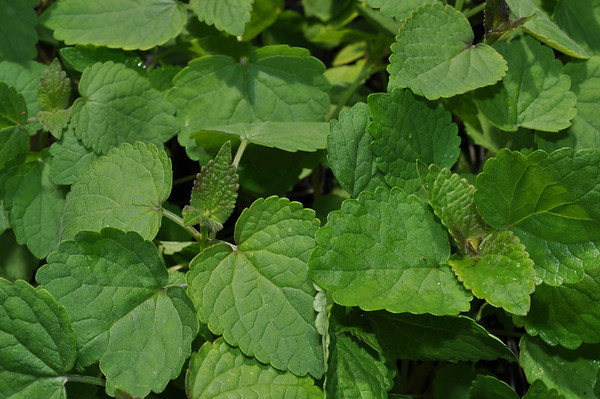
A great addition to any perennial garden, anise hyssop is a beautiful summer blooming perennial with edible leaves and flowers. The leaves, when steeped fresh or dried, make a refreshing minty... more->


Wapato is a perennial plant that is native throughout North America. Historically, it was a staple food crop for people wherever it grew and continues to be a popular native food plant. Tubers... more->

Unlike some milkweed species, swamp milkweed is a clumping perennial and does not spread by rhizomes. It has deep pink flower clusters on a two to three foot stalk. It is a host plant for monarch... more->
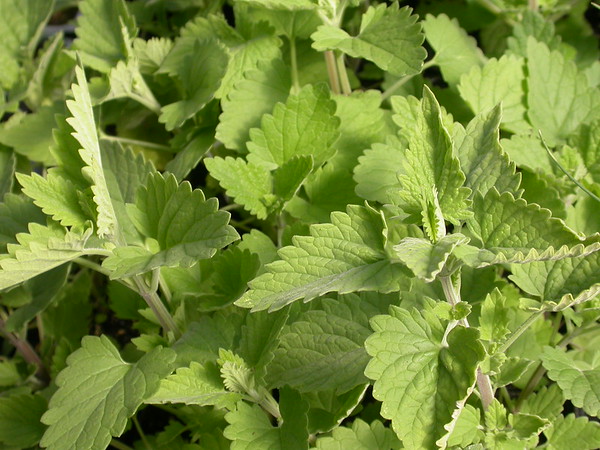
Although most people think first of the way that cats go crazy from the aroma of the flower spikes of catnip, it's also a wonderful herbal medicine. But it has the opposite effect on people - it'... more->
Native to moist and sunny meadows and slopes of the Pacific Northwest, this perennial herb makes a fine garden specimen. Bees and butterflies flock to its showy purple flower spikes held above... more->
No herb garden is complete without this fragrant and savory leaf to add to pasta sauce, soup stock and more. Sage also produces beautiful and edible pink flowers that attract pollinators.... more->

Saltbush is a wonderful choice for year-round edible raw greens. This shrub is semi-evergreen and will provide mildly salty spinach flavored leaves throughout the year. Some cold years, it can... more->
Evening primrose is a great edition to a pollinator garden because it blooms at night and attract the nighttime pollinators. Every summer evening at dusk, you can watch each pale yellow flower... more->
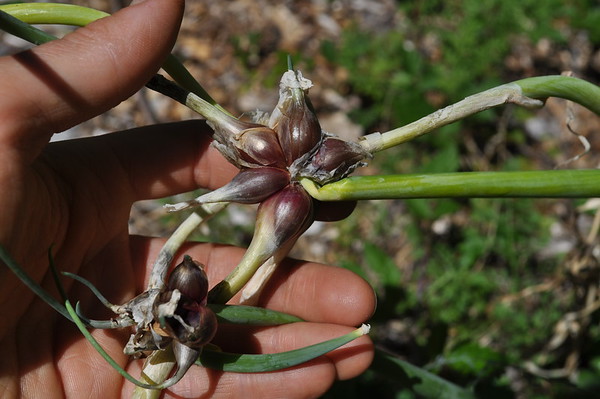
This onion has the funny habit of creating bulbs atop its flowering scapes that grow so big and heavy that the stems bend down and plant the bulblets in the soil about a foot away from the mother... more->
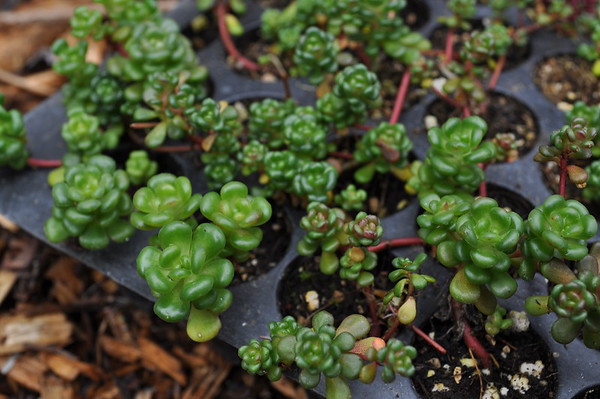
Oregon stonecrop has glossy green leaves that look like little elephant toes. I think it has the best-tasting leaves of any native Sedum. more->


Like other non-heading collard greens, this sturdy and cold-hardy vegetable produces large smooth, oval-shaped leaves that are really nice to harvest in fall, winter, and spring. It then grows... more->

This is a compact variety of prickly pear cactus that has edible green pads with no thick spines and small clusters of tiny hair-like prickles. Unlike prickly pear shrubs, this variety stays... more->

Nodding onion is a showy native onion that is also a great addition to a perennial vegetable garden. The grass-like leaves can be harvested any time and eaten raw like chives or cooked as green... more->

This grey-leaved and beautifully patterned stonecrop grows the fastest of any Sedum species in our gardens. The leaves are a bit more chalky and less palatable than the others, though.... more->


A perennial vine with elegant glossy leaves, Chinese mountain yam can grow up to 15 feet tall each season. It blooms in late summer and produces underground potato-flavored edible tubers which... more->
Compact oregano has a great flavor! Low growing and spreading, it makes a great ground cover underneath taller herbs. Flowers are bright pink and usually bloom in mid summer. We have found this... more->
This purple and white onion grows round bulbs in clusters that are firm, crisp, and have delicious savory flavor. more->

Native to sunny meadows and dappled shade of open woodlands in the Willamette Valley, meadow checkermallow created a gorgeous display of light pink blossoms up to 6 feet tall. In the shade it may... more->
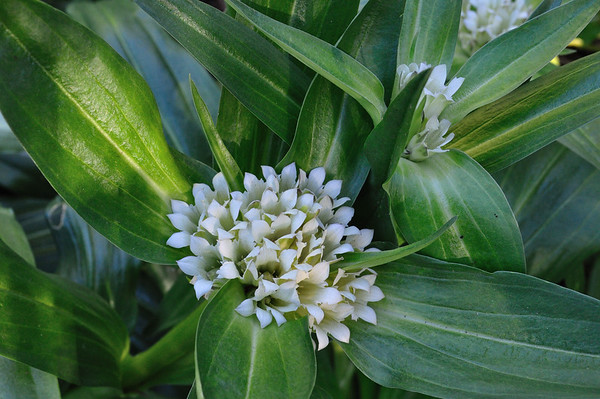
Native to the hills of western China and Tibet, this medicinal perennial likes rich, moist soil and sun. In mid-summer, it grows up to 2 feet tall with showy white blossoms. While so many... more->
This aromatic and savory variety of oregano is native to the Middle East where it grows in abundance on the rocky hillsides. It's leaves are covered in fine grey hairs that help it conserve water... more->
Ramps are a wild onion native to the eastern US and Canada. They grow in the thick duff of the dappled shade in the understory of somehat open forest canopies. Ramps appreciate the moist summers... more->

We love this late spring blooming native wildflower that we often find on the edges of meadows. In the hollyhock family, this perennial grows only about a foot to two feet tall at most. It sends... more->

This is the orange flowered variety of daylily. So pretty in the garden or on a plate! more->

This low-growing oregano has beautiful golden leaves and a nice aromatic flavor for cooking. It prefers full sun, and loses its color in part shade. more->


This perennial herb has soft leaves, beautiful hibiscus-like white and pink flowers, and provides a healing herbal medicine. Marshmallow roots are the original source of the slimy mucilage used... more->


Stinging nettle is an herbaceous plant that grows in wet soil, often along river beds and stream sides. It spreads below ground by rhizomes but will not spread where it gets dry. Nettles are an... more->